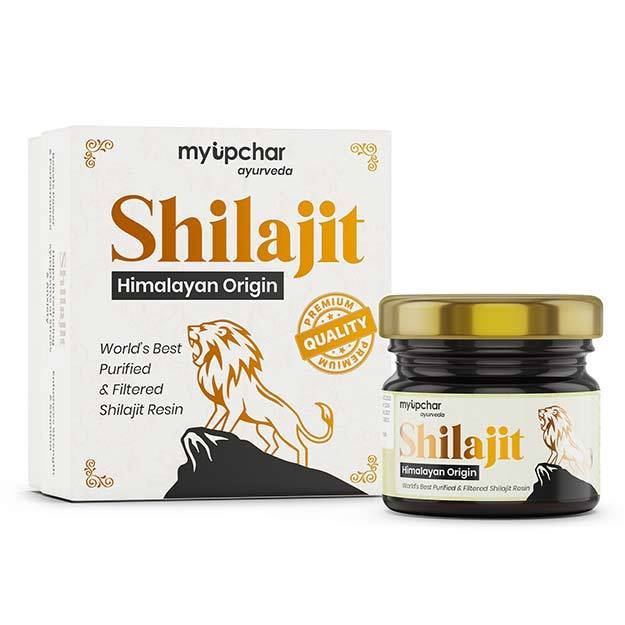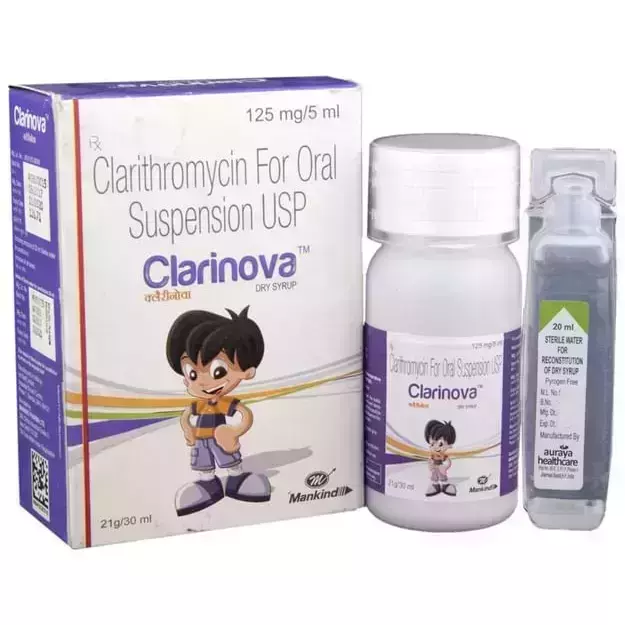Enteromycetin 156 Mg Syrup is a prescription drug, available for use as Syrup. Bacterial Infections are some of its major therapeutic uses. Other than this, Enteromycetin 156 Mg Syrup has some other therapeutic uses, which have been discussed ahead.
Medical history of the patient along with age and gender determines the dosage of Enteromycetin 156 Mg Syrup. Besides the medical condition it is advised for, the route of administration also plays an important role in determining the correct drug dosage. Refer to the dosage section for a detailed discussion.
Besides the aforementioned side effects, there are other adverse effects of Enteromycetin 156 Mg Syrup as well, which are listed below. Usually, these side effects of Enteromycetin 156 Mg Syrup go away soon, and do not persist beyond the duration of the treatment. Please speak with your doctor if these side effects worsen or persist for a longer duration.
Furthermore, you should know that effect of Enteromycetin 156 Mg Syrup is Severe for pregnant women and Severe for women who are breastfeeding. It is important to know if Enteromycetin 156 Mg Syrup has any effect on the kidney, liver and heart. Information on such adverse effects, if any, has been given in the Enteromycetin 156 Mg Syrup related warnings section.
Enteromycetin 156 Mg Syrup is not recommended if you suffer from certain medical conditions as it can have adverse effects. Kidney Disease, Liver Disease are examples of such conditions. Some other conditions that can be affected by Enteromycetin 156 Mg Syrup are listed in the contraindications section below.
Additionally, Enteromycetin 156 Mg Syrup may also adversely react with other medicines. A complete list of these interactions is given below.
Along with the above-mentioned precautions, remember that taking Enteromycetin 156 Mg Syrup is considered safe while driving, and is addictive.
X



























